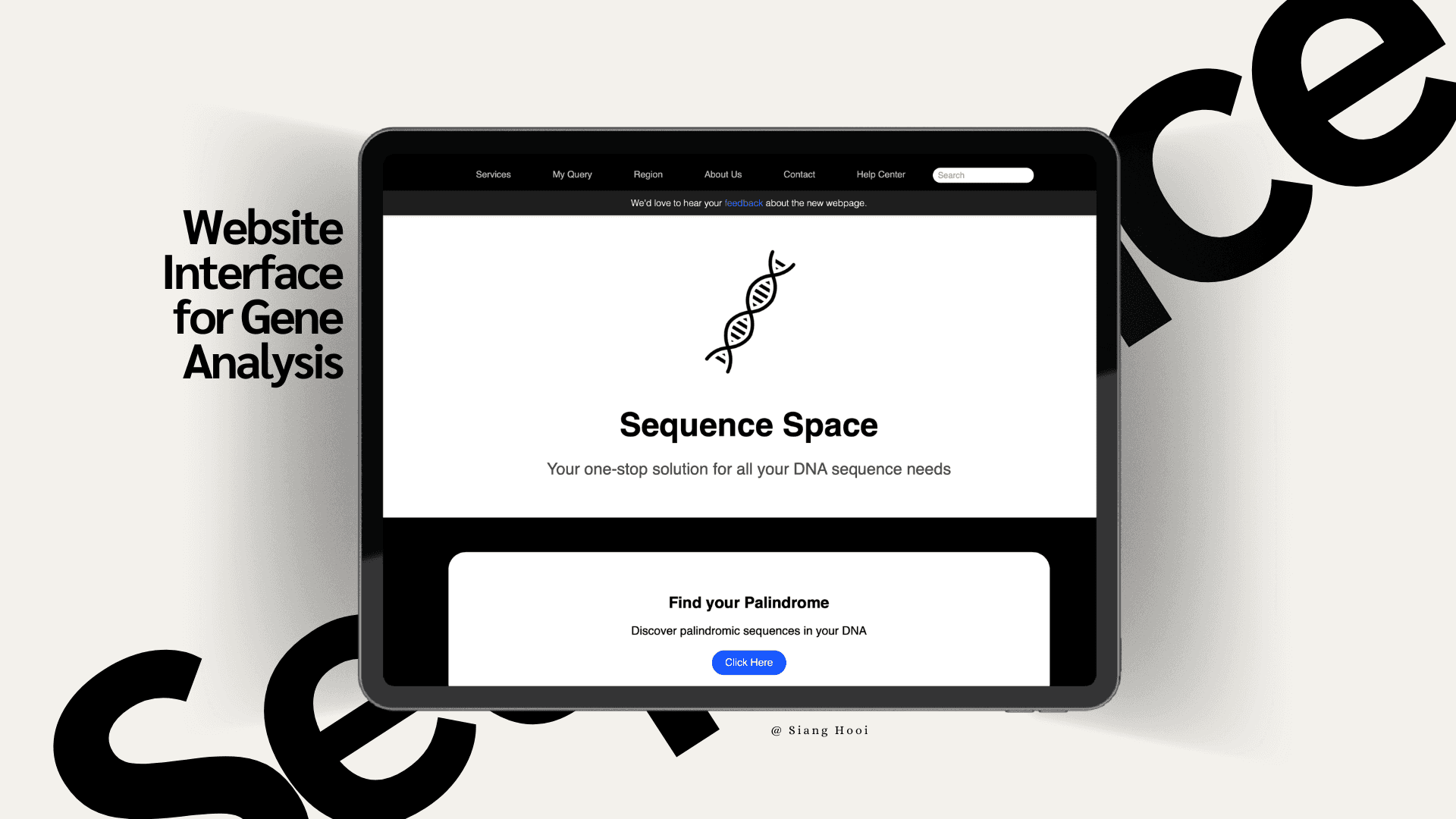Myocardial Infarction Detection using AI

Introduction
Cardiovascular diseases (CVDs) are the leading cause of death globally, with myocardial infarction (MI) being a major contributor. My project focuses on using advanced deep learning techniques to improve early MI detection from echocardiograms. By integrating U-NET for image segmentation and Long Short-Term Memory (LSTM) networks with Global Longitudinal Strain (GLS) parameters, this approach aims to enhance diagnostic accuracy and reduce the reliance on manual interpretation.
Problem Statement
Early and accurate MI detection remains a significant challenge. Traditional methods, like manual interpretation of echocardiograms, can be inconsistent. Conventional metrics like ejection fraction (EF) often miss early signs of heart issues. My solution addresses these limitations by using GLS, a more sensitive measure of heart function, integrated with a deep learning model.
Data Acquisition
This study utilizes the HMC-QU dataset, which was developed by Hamad Medical Corporation, Tampere University, and Qatar University. This dataset includes a collection of two-dimensional (2D) echocardiography recordings in apical four-chamber (AP4) and apical two-chamber (AP2) views, recorded between 2018 and 2019. Moreover, additional data from the Malaysia Hospital UITM (HUiTM) dataset to handle data imbalance.
What I Did
I utilized a deep learning model using U-Net to segment the left ventricle in apical four-echocardiogram videos, using HMC-QU dataset and HUiTM dataset. I then extracted GLS parameters to provide a deeper understanding of heart function. These were integrated into a LSTM model, which analyzed the temporal data to predict MI. This novel combination of AI techniques shows promising results for more accurate and reliable MI predictions.

Details
The Results
The model achieved 71.5% accuracy with an AUC-ROC score of 0.715 in distinguishing MI from non-MI cases. It demonstrated 72.2% precision and 70.1% sensitivity. While these results are promising, there's room for improvement in future iterations, particularly to enhance sensitivity.
Challenges & Future Work
Although the model performed well, further optimization is needed to improve its clinical utility. Enhancements could include tuning the model’s parameters, adding more features, and validating the results across diverse datasets. This will make the tool even more effective for real-world medical applications.
Conclusion
By integrating GLS and LSTM networks, I developed a more accurate and consistent method for predicting MI from echocardiograms. This research shows that advanced AI techniques can make a real difference in early heart disease detection, ultimately improving patient outcomes.
Key Takeaways
Innovation: First to combine GLS with LSTM for echocardiogram analysis.
Real-World Impact: Improved accuracy in MI detection can help save lives through earlier diagnosis.
Next Steps: Model optimization and cross-dataset validation for broader clinical application.
Acknowledgment of Contributions
This project was made possible through the invaluable guidance and unwavering support of my supervisor, Associate Prof. Dr. Sorayya, and Janvik Tang, a PhD senior, whose expertise and mentorship were instrumental in the successful completion of this research. Their profound knowledge and insightful advice not only helped shape the direction of the study but also provided me with the encouragement needed to overcome challenges along the way.


